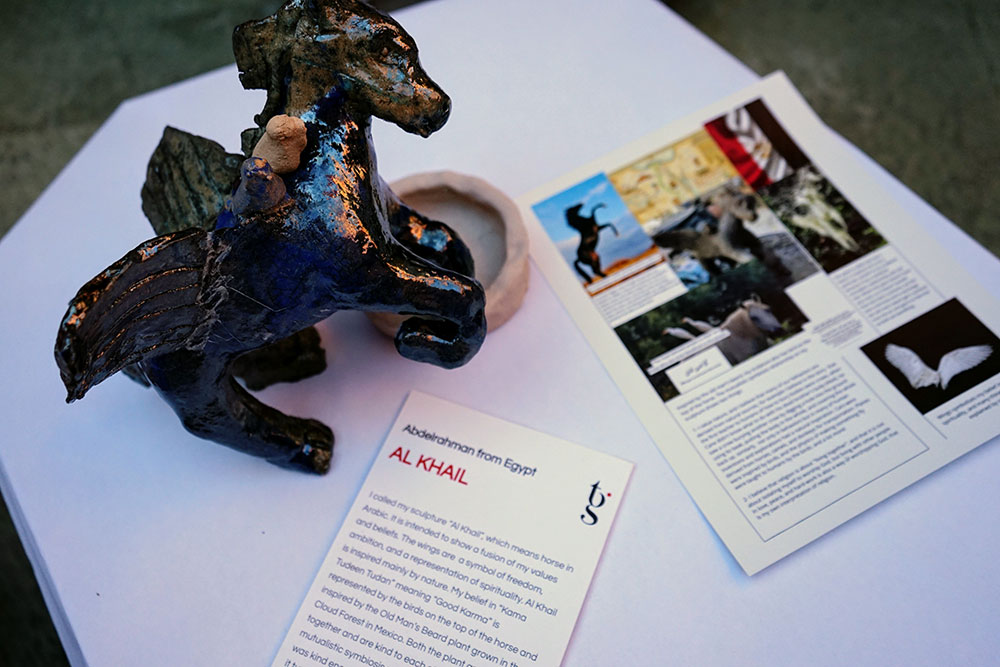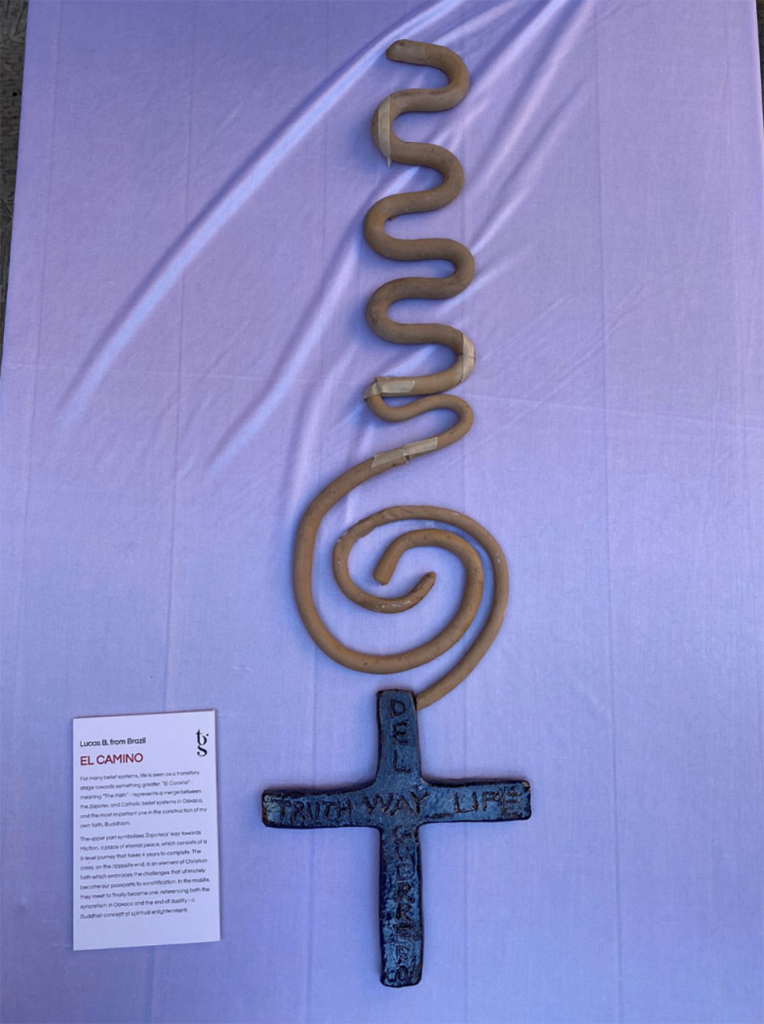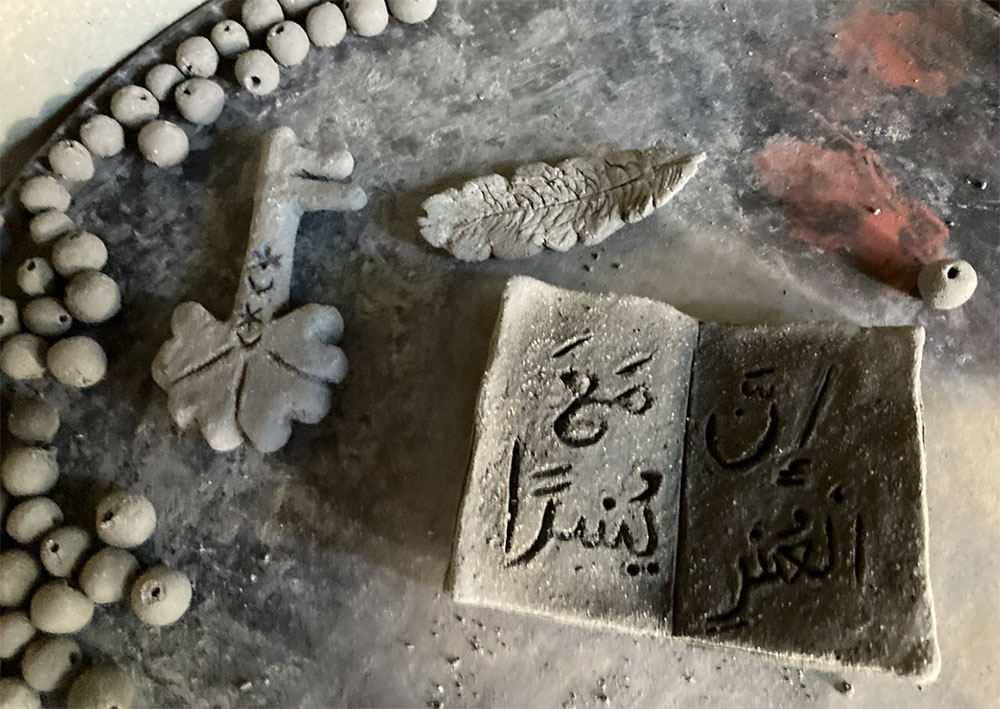Driving Question:
How can AI be applied in investigative, opinion, and solutions-based journalism in the context of digital communities in Bosnia?
Module Summary:
The “AI Journalism” module explored the intersection of artificial intelligence and journalism. The module aimed to understand the capabilities and limitations of AI in news writing and its impact on current events.
Students investigated the origins and evolution of journalism in their home countries and Bosnia, comparing human-written articles to AI-generated content. They examined various types of journalism—investigative, solution-based, and opinion—and learned how AI can be ethically and legally integrated into these fields.
The module included excursions to notable sites like the Al Jazeera Balkans, the National Museum of Bosnia and Herzegovina, and the Sarajevo Film Festival. Guest speakers provided insights into wartime reporting and modern journalism challenges, emphasizing the irreplaceable human element in storytelling.
Through practical experiences and reflections, students created their own articles, juxtaposing them with AI-generated pieces to discern the unique human touch in journalism.
For instance, senior student Santi D. created an article titled ‘Unraveling the Web of Deceit: Serbian Media’s Role in Spreading Fake News During the Yugoslav Wars,’ which examines the impact of misinformation during the 1990s conflicts in the Balkans. The article outlines how the Serbian media played a crucial role in shaping public perception and exacerbating ethnic tensions through the dissemination of fake news and propaganda.


